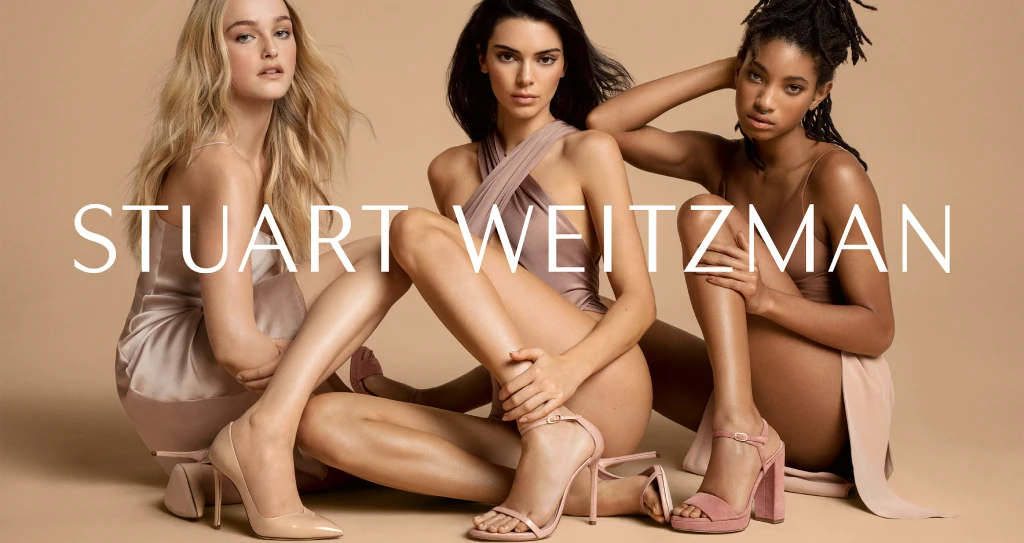Introduction:
Lately, practical design has become standard because of a developing familiarity with the ecological and moral effects of the style business. Our fashion choices are evolving to reflect these values as we embrace more eco-friendly lifestyles. The following is a list of the most well-liked and ethical sustainable fashion trends for this year.
1. Organic And Recycled Fabrics:
The pattern toward natural and reused textures is quite possibly of the main advancement in reasonable design. Natural hemp, bamboo, and cotton are turning out to be progressively normal things in eco-accommodating closets. These materials have a lower impact on the environment because they are grown without the use of harmful fertilizers or pesticides. Also, reused textures, for example, polyester produced using plastic containers, are acquiring fame, transforming waste into beautiful, tough attire.
2. Minimalist Wardrobes:
Quality comes first in the minimalist movement. Capsule wardrobes, which are limited collections of adaptable items, are gaining popularity. This procedure diminishes how much mess, yet it additionally empowers more insightful shopping and less regular buys. High-quality, timeless items last longer and don’t need to be replaced as often when you buy them.
3. Fair Trade And Ethical Production:
Consumers are more conscious than ever about the conditions under which their clothes are made. Brands that prioritize fair trade and ethical production practices are gaining favor. Fair trade ensures that workers receive fair wages and work in safe conditions. Ethical production also focuses on reducing environmental impact by using sustainable materials and methods.
4. Local And Handmade Goods:
Supporting nearby craftsmans and organizations is a developing pattern in economical design. High quality products frequently have a more modest carbon impression contrasted with efficiently manufactured things and backing nearby economies. Additionally, these items are one-of-a-kind because they are frequently crafted with a level of care and attention to detail that is lacking in mass-produced items.
5. Second-Hand And Vintage Shopping:
There is a growing number of sustainable fashion options, such as thrifting and vintage shopping. When people buy used clothes, there is less demand for new clothing, which uses a lot of resources and can often be bad for the environment. One of a kind pieces likewise offer interesting styles that stand apart from the standard.
6. Biodegradable And Zero-Waste Fashion:
In order to innovate, brands are utilizing zero-waste production methods and biodegradable materials. Biodegradable textures like Tencel and natural cotton normally decay toward the finish of their lifecycle, lessening waste that winds up in landfills. Zero-waste style incorporates arranging plans that utilization each and every hint of surface, leaving no pieces.
7. Transparency And Traceability:
Brands are being asked to be more open about their sourcing and production processes by customers. Customers can track the exact origin of their clothing and the path it took from raw material to finished product with traceability. Customers develop trust and loyalty to brands that provide comprehensive information about their supply chains.
8. Eco-Friendly Dyes And Finishes:
Eco-friendly dyes and finishes are changing the game, but traditional dyeing processes are notorious for their impact on the environment. Low-impact dyes and natural dyes made from plants save water and use fewer chemicals. Waterless dyeing technologies are also being used by brands to reduce their impact on the environment.
9. Sustainable Activewear:
As athleisure continues to dominate fashion trends, sustainable activewear is on the rise. Brands are making fashionable and practical performance wear out of recycled materials. This trend includes yoga, running, and everyday athleisure clothing, making it simple to keep fit and healthy at the same time.
Conclusion:
Fashion that is sustainable is not just a fad; It is a move in the direction of a world that is more environmentally conscious and ethical. By supporting brands that focus on supportability, putting resources into quality pieces, and pursuing insightful style decisions, we can all add to a better planet. This year, embrace these hot trends in sustainable fashion to stay stylish and ethical.





Leave feedback about this